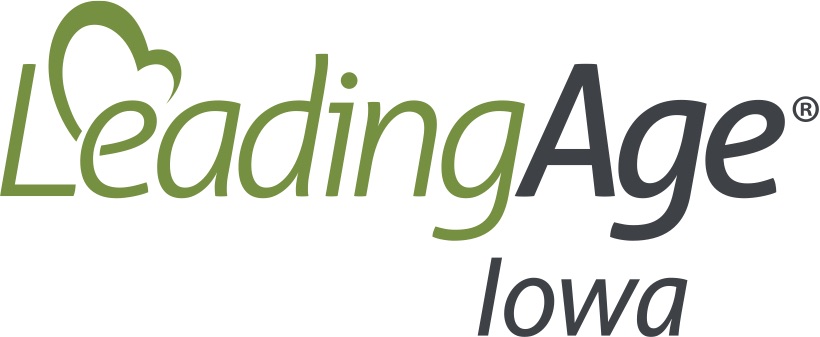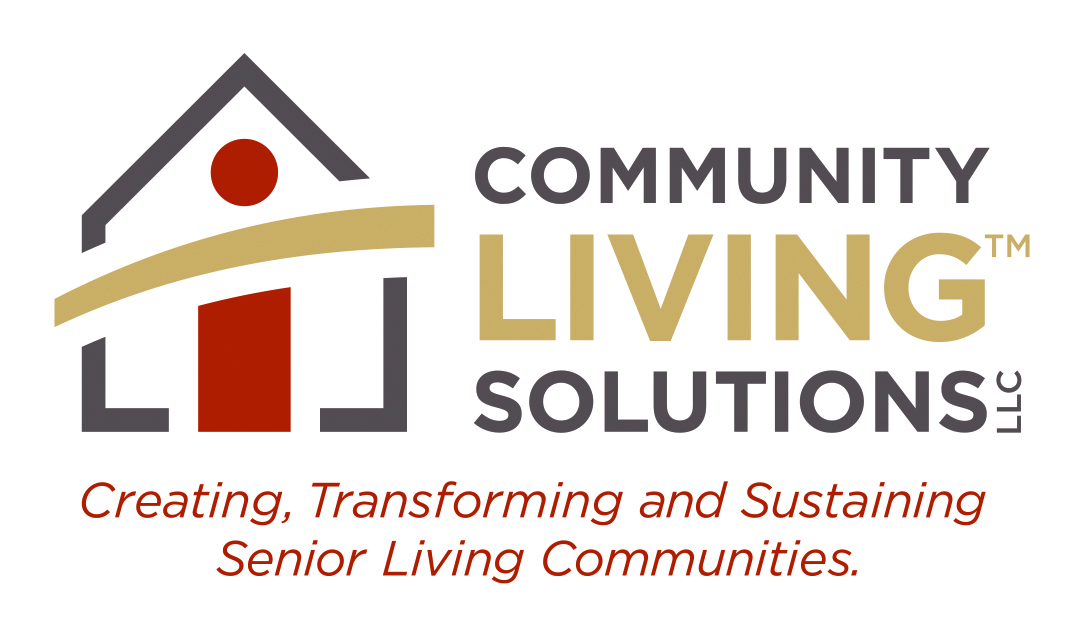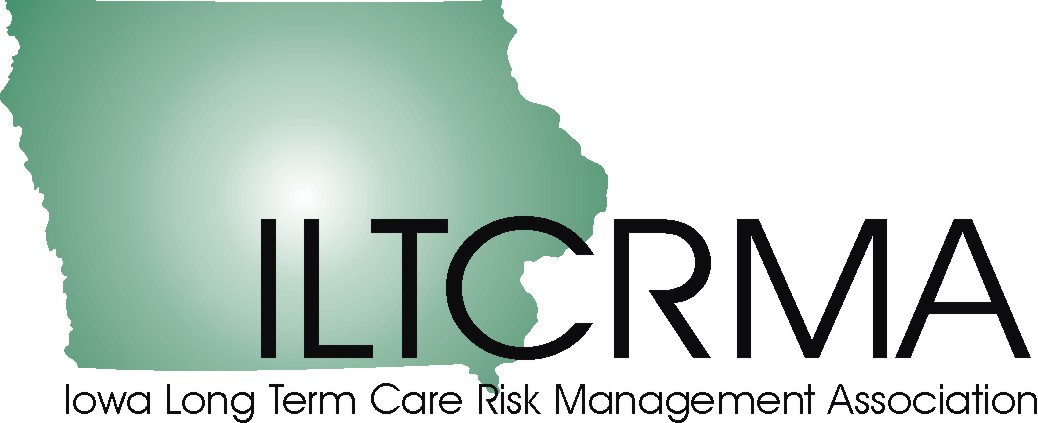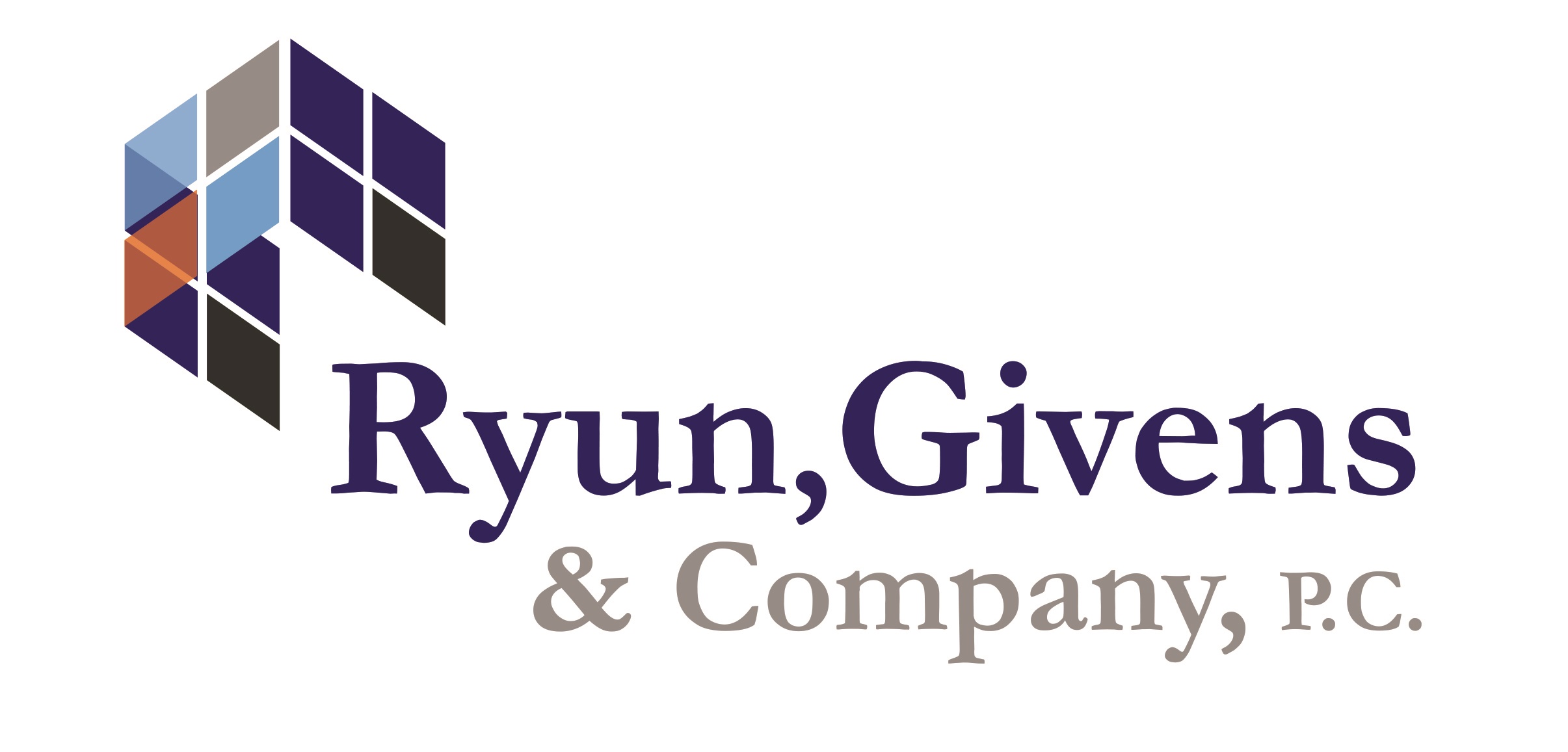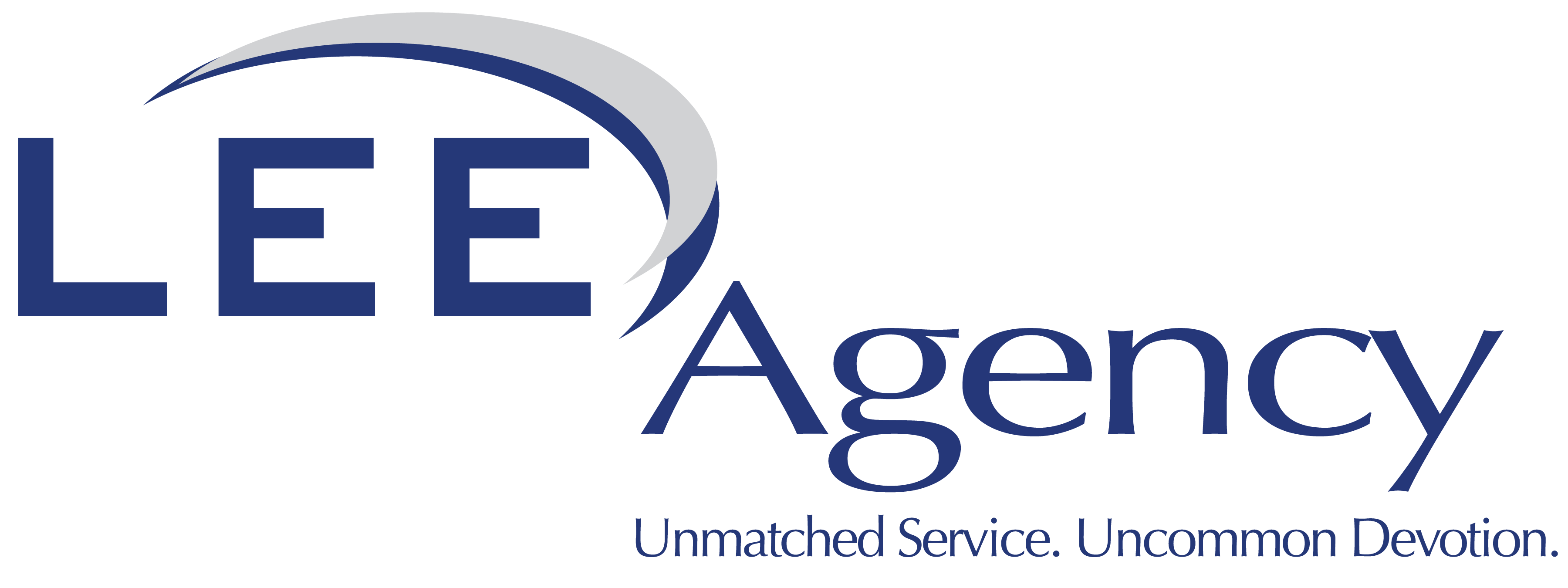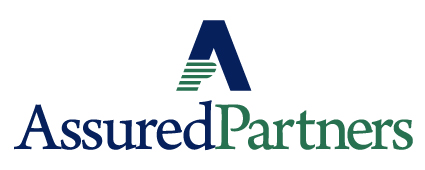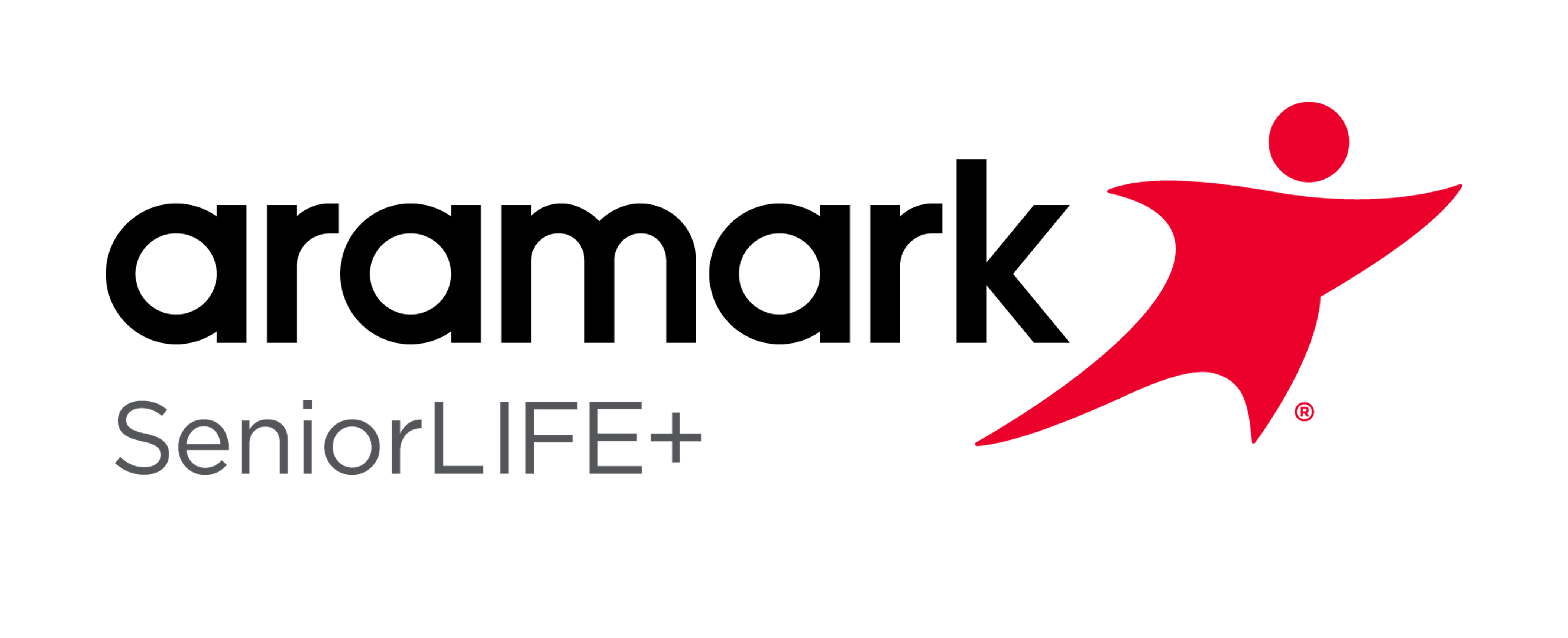- Home
- About
- Member Engagement
- Resources
- Consumers
- Advocacy
- Education
- Workforce
More Detail on Telehealth Expansion OpportunitiesAs previously reported, state and federal government are expanding access to telehealth and telemedicine services through the suspension of barriers and limitations during this public health emergency. Medicare Telehealth On March 17, the Centers for Medicare Services (CMS) released guidance for the national public health emergency telehealth waiver, in the form of a Fact Sheet and a Q&A document. Under this new waiver, Medicare can pay for office, hospital, and other visits furnished via telehealth across the country and include a patient’s places of residence retroactive to March 6, 2020 and effective to the end of the National Public Health Emergency. Key provisions of Medicare waiver include:
CMS had a call scheduled today at 3:30 to discuss the 1135 waivers and the agency’s telehealth guidance today but had to cancel due to technical difficulties. The call will be scheduled for a later date. LAI and LeadingAge National are trying to secure guidance on whether telehealth can be utilized for physician recertification visits. Iowa Telehealth Waivers On March 17, Iowa Governor Reynolds issued an Proclamation of Disaster Emergency which implemented a number of changes and directives within the state including suspension of regulatory provisions which limit the use of telehealth in the state. The proclamation recognizes that strict compliance with Iowa law that establish preconditions or restricts telehealth or telemedicine services or that require face-to-face visitation hinders the necessary action required to cope with this public health disaster. Unless otherwise specified, the proclamation is effective from March 16-April 16. The proclamation specifically suspends the requirements outlined in Iowa Code § 147.137 (written, informed consent) and Iowa Admin. Code rule 653-13.11 (standards of practice--telemedicine). The proclamation also suspends several administrative rules that restrict telemedicine for substance abuse treatment programs. HIPAA Waivers On March 17, the HHS Office for Civil Rights (OCR) announced that it will “exercise enforcement discretion and waive penalties for HIPAA violations against health care providers that serve patients in good faith through everyday communications technologies, such as FaceTime or Skype, during the COVID-19 nationwide public health emergency.” This opens the door for providers to utilize easier methods, such as the use of personal devices and specific technologies, to interact via audio and/or video technologies with their patients and colleagues during this public health emergency. The OCR makes clear that this technology is also allowed to assess or treat any other medical condition, even if not related to COVID-19. Further, the OCR also states in the notice that it will not impose penalties against health care providers that do not have a business associate agreement in place with such technology vendors. OCR provides the following examples of technology that will be allowed:
The OCR provides the following examples of technology that will not be allowed because they are public facing:
The OCR provides examples of “HIPAA Compliant” vendors whom healthcare providers could choose to enter into a business associate agreement with. (Disclaimer: The OCR states that it does not endorse any particular technology, and it has not reviewed the business associate agreements of these vendors):
Providers should keep the following things in mind related to telehealth and privacy:
|
